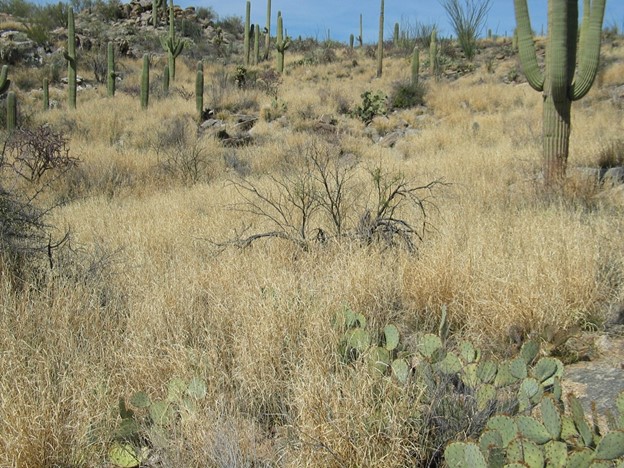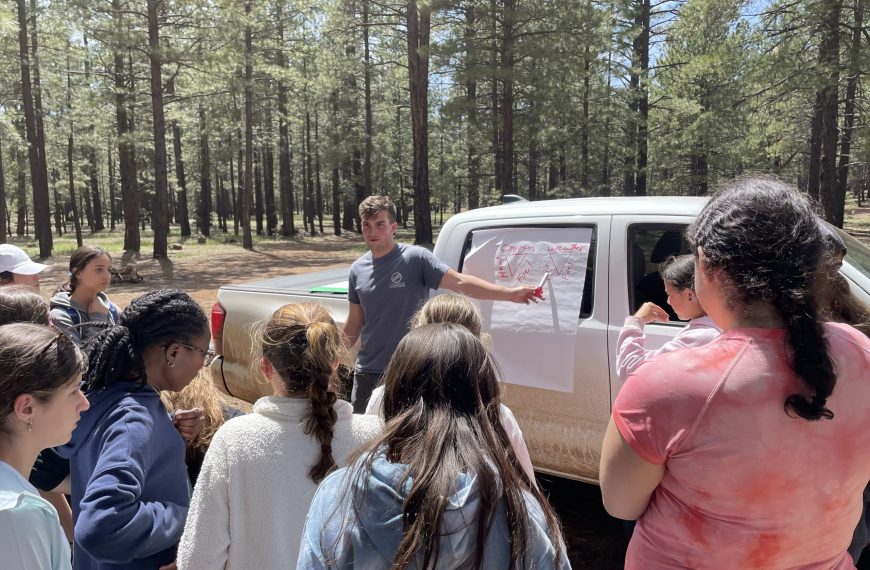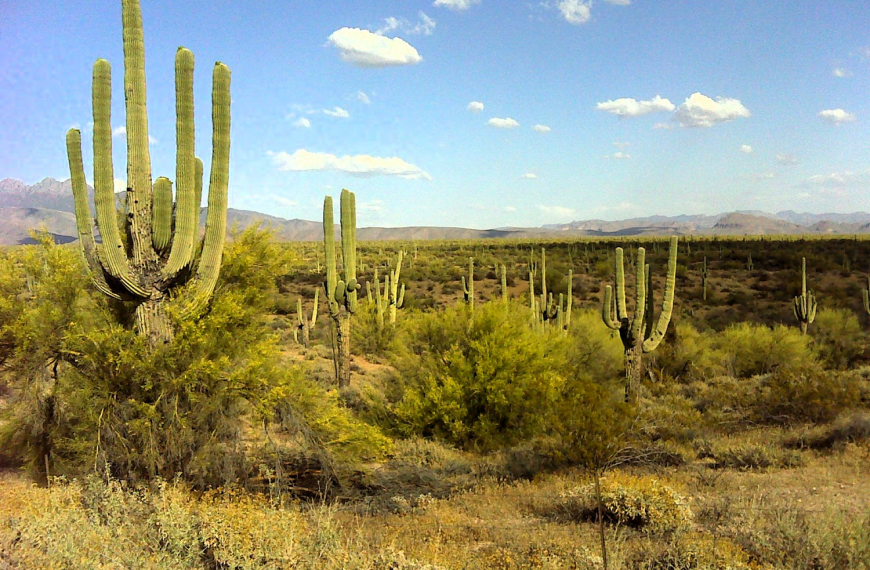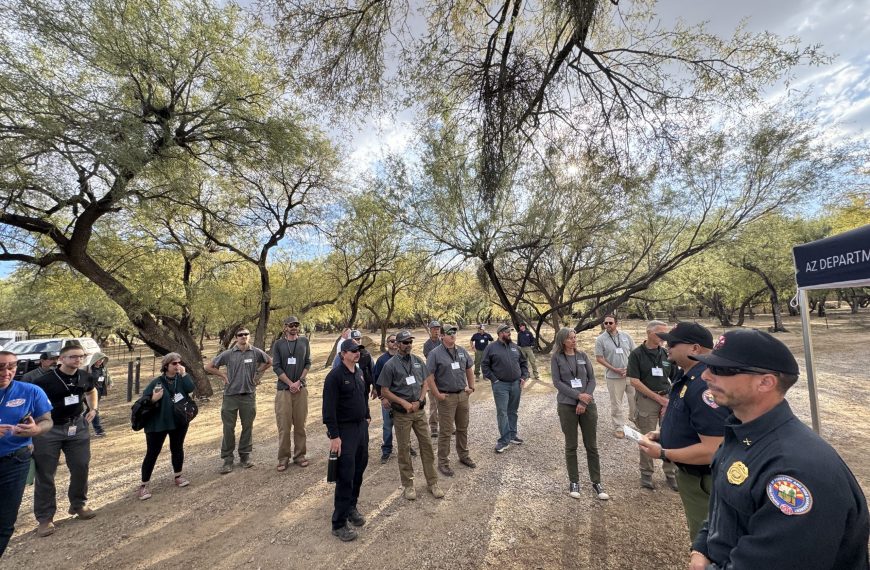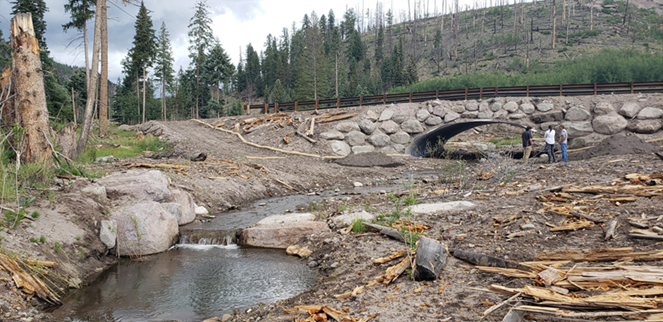EPISODE SUMMARY
EPISODE SUMMARY
For our fifth episode of the the Fire in the Southwest Series, we’re talking managed wildfires, which has a number of alter egos depending on who you talk to in the wildfire world, some of which include “wildland fire use” or “managing wildfires for resource benefit”. Dr. Jose “Pepe” Iniguez, a research ecologist at the Rocky Mountain Research Station, is our fearless leader on this journey through the fraught, occasionally contentious world of managed fire. Pepe has had a long career studying wildfire impacts in forested landscapes while building a better understanding of how our public lands have been shaped by disturbances like wildfire. His takeaway? We can’t effectively manage forests at the landscape scale without the help of wildfires, and managed fire is the most feasible answer to the question of how we reach “scale” in our ability to build landscape resilience.
EPISODE NOTES
For our fifth episode of the the Fire in the Southwest Series, we’re talking managed wildfires, which has a number of alter egos depending on who you talk to in the wildfire world, some of which include “wildland fire use” or “managing wildfires for resource benefit”.
Dr. Jose “Pepe” Iniguez, a research ecologist at the Rocky Mountain Research Station, is our fearless leader on this journey through the fraught, occasionally contentious world of managed fire. Pepe has had a long career studying wildfire impacts in forested landscapes while building a better understanding of how our public lands have been shaped by disturbances like wildfire. His takeaway? We can’t effectively manage forests at the landscape scale without the help of wildfires, and managed fire is the most feasible answer to the question of how we reach “scale” in our ability to build landscape resilience.
In short, managed fires are often lightning-caused wildfires that are determined to be burning in an area that is not likely to impact nearby communities, infrastructure, watersheds etc. As such, they are not managed with “full suppression” as the main priority. They are heavily monitored by ground resources (if the fire is accessible) and aircraft, though on occasion these fires become “wildfires for resource benefit” merely because there aren’t enough resources to attend to them. See: the 2021 fire season in California. In many cases, these types of fires burn in wilderness areas where fire suppression can be extremely difficult because of a lack of access, and which is made all the more difficult by designations that disallow the use of things like chainsaws and helicopters.
Want more information about managed fire? Check out this fact sheet from our sponsor for this episode, the Southwest Fire Science Consortium.
This recent blog post from the Fire Adapted Communities Learning Network is also very much worth the read if you’re hungry for more context around managed fire. This blog was written by a recent guest of the podcast, Zander Evans from the Forest Stewards Guild.
This conversation and the rest of our Fire in the Southwest series is supported by the Southwest Fire Science Consortium, as well as the Arizona Wildfire Initiative.
Listen to the previous episode here

